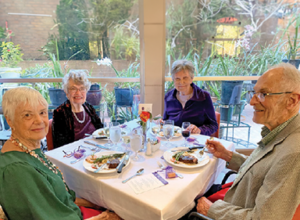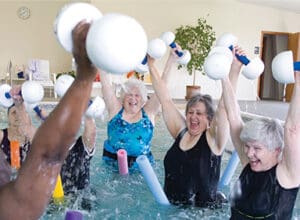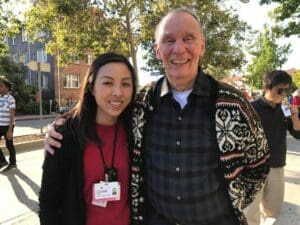
Introduction to Assisted Living Communities
Assisted living in San Francisco offers personalized care and support for seniors who need assistance with daily activities while maintaining independence. These communities provide various services, from medication management and personal care to social activities and transportation. As you explore assisted living options in San Francisco, it’s essential to understand the crucial role of social connections in residents’ overall well-being.
The Importance of Social Connections in Assisted Living
Social connections are essential for maintaining physical and mental health, particularly as we age. Seniors who experience social isolation and loneliness are at a higher risk of developing depression, cognitive decline, and even physical health problems. In assisted living communities, fostering strong social bonds can have a profound impact on the quality of life for residents.
Benefits of Social Connections in Assisted Living
When seniors can build and maintain meaningful social connections in assisted living, they can experience a wide range of benefits, including:
- Improved mood and reduced risk of depression
- Increased cognitive function and reduced risk of dementia
- Better overall physical health and reduced risk of chronic conditions
- Enhanced sense of purpose and belonging
- Greater life satisfaction and overall well-being
Challenges Faced by Seniors in Building Social Connections
Social connections are vital to overall well-being, contributing to emotional health, cognitive function, and longevity. Yet, cultivating and maintaining these relationships can be a formidable challenge for many seniors. A confluence of factors, including declining physical health, reduced mobility, and the inevitable loss of loved ones, can isolate older adults and hinder their ability to form new bonds. Moreover, changes in cognitive function and the complexities of modern technology can further exacerbate these challenges.
Social isolation has a profound impact on seniors. It can lead to feelings of loneliness, depression, and a decline in overall quality of life. To address this critical issue, assisted living communities must prioritize social engagement as a cornerstone of their care. By creating inclusive environments that foster interaction, providing diverse programming, and offering specialized support services, these communities can play a pivotal role in helping residents build meaningful connections and combat social isolation.
How Assisted Living Communities Promote Social Connections
- Communal Dining: Shared meals in a communal dining setting encourage residents to interact with one another and foster a sense of community.
- Activity Programs: Organized activities, such as exercise classes, game nights, and social outings, provide opportunities for residents to connect and participate in shared interests.
- Shared Spaces: Well-designed common areas, like lounges, courtyards, and activity rooms, give residents places to gather, socialize, and engage in conversations.
- Resident Clubs and Groups: Assisted living communities often encourage forming resident-led clubs and groups, allowing residents to connect over shared hobbies, interests, or experiences.

Activities and Programs for Fostering Social Connections in Assisted Living
- Wellness and Fitness Classes: Group fitness classes, such as yoga, tai chi, or dance, encourage residents to move and socialize.
- Arts and Crafts Workshops: Creative activities, like painting, pottery, or woodworking, allow residents to explore their interests and connect with others who share similar hobbies.
- Educational Seminars: Lectures and discussions on history, current events, or personal development can stimulate intellectual engagement and social interaction.
- Intergenerational Programs: Inviting younger generations, such as children or grandchildren, to participate in activities with residents can create meaningful connections and combat isolation.
The Role of Family and Friends in Supporting Social Connections
While assisted living communities play a vital role in fostering social connections, the support and involvement of family and friends are also crucial. Loved ones can help residents maintain existing relationships and build new ones by:
- Regularly visiting and engaging in activities with the resident
- Encouraging the resident to participate in community events and programs
- Introducing the resident to other residents and their families
- Helping the resident stay connected with the broader community through outings, events, or virtual connections
- Providing emotional support and a sense of belonging beyond the assisted living community
Conclusion and the Impact of Social Connections on Overall Well-Being in Assisted Living
In assisted living communities, social connections are not just nice a nice-to-have—they are essential for residents’ overall well-being and quality of life. By prioritizing the development and maintenance of meaningful social bonds, these communities can profoundly impact the physical, mental, and emotional health of the seniors they serve.
As you consider the options for your or your loved one’s assisted living care, look for communities that strongly emphasize social connections. Engage with the staff, explore the activity calendars, and get a sense of the vibrant community life that can make all the difference in the world.Contact our team of senior living experts today at (415) 776-0500 to learn more about how assisted living communities in San Francisco can help you or your loved one build solid social connections at San Francisco Towers.







